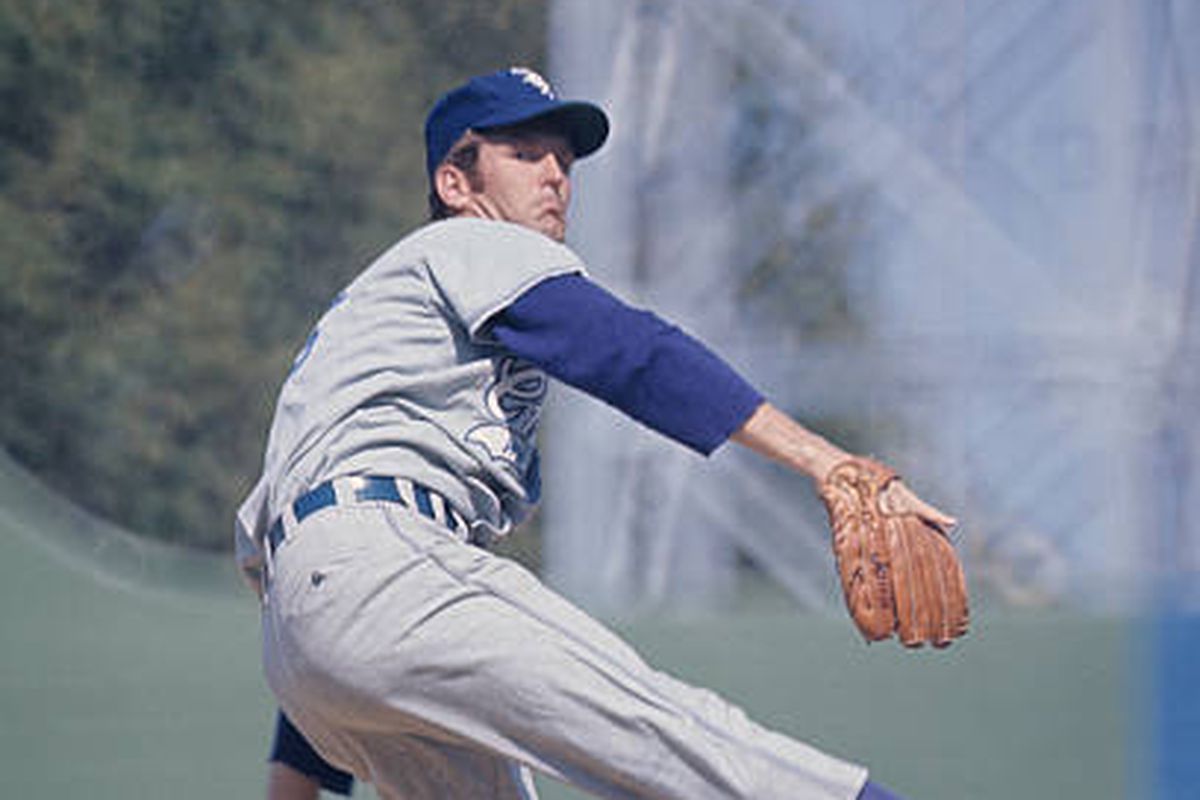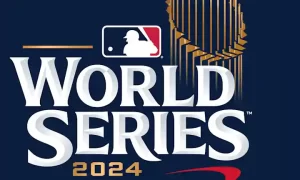The Modern Era Ballot: Then and Now- Ted Simmons, Thurman Munson, Tommy John

I grew up watching baseball as a kid in the 1980s. I remember the upright, very proper batting stance and perfect hair of Steve Garvey, the mustache and eye black of Don Mattingly, the powerful right arm of Dwight Evans, and the tall, gangly body of Dale Murphy. Tommy John was the soft-tossing veteran lefty whose career seemed to last forever. Lou Whitaker was the other half of the Trammell-Whitaker middle infield for the Detroit Tigers.
Sometime in the early 1980s, I saw an ad in Baseball Digest for one of the Bill James Baseball Abstracts. After reading the first one, I was hooked. I read every one thereafter, then the Bill James Historical Baseball Abstract book in 1985, Win Shares in 2002, and The New Bill James Historical Baseball Abstract in 2003. I found BaseballProspectus.com in the late 1990s and Baseball-Reference.com in the early 2000s and FanGraphs in 2009.
This exposure to Bill James and BP and FanGraphs changed how I looked at baseball and how I felt about the players I was watching. I realized the statistics I thought were important when I was watching baseball as a kid weren’t as important as I’d been led to believe. Pitcher wins and hitters’ RBI and batting average were sent to the back of the line while FIP, on-base percentage, slugging percentage and wRC+ moved to the front. WAR, what is it good for? Valuing baseball players.
The players on the Modern Era Ballot exist in a weird space for me. I grew up watching these players before I embraced advanced statistics, so in some cases there’s a significant difference between how I remember them as a kid versus how I consider them now. With that in mind, this week I’ll go over each player on the ballot with assessments from Me as a Fan in the 1980s versus Me as a Fanalyst (combination fan/analyst) today. Today, the two catchers and one pitcher—Ted Simmons, Thurman Munson, and Tommy John.
Catcher Ted Simmons
Me as a Fan: My clearest memory of Ted Simmons was when he was the catcher for the 1982 Milwaukee Brewers. That was the team that came to be known as “Harvey’s Wallbangers” after Harvey Kuenn took over as manager during the 1982 season and led them to a 72-43 record and the AL pennant. Simmons was a power-hitting catcher on a power-hitting team. He hit 23 homers that year, second-most by a catcher in the American League, yet was just fifth on his team behind sluggers Gorman Thomas, Ben Oglivie, Cecil Cooper, and Robin Yount. In addition to the 23 bombs, Simmons had 97 RBI, which led all AL catchers.
By the time I became aware of Simmons, he was already 32 years old. I thought he was great in 1982 and again in 1983, when he had 108 RBI (despite hitting just 13 home runs). He also made the all-star team for the eighth time in 1983, but most of those all-star appearances were before I became a baseball fan. He played a couple more years with the Brewers, then finished out his career as a part-timer with the Atlanta Braves, which I really don’t remember at all.
Me as a Fanalyst: Like the other catcher on this ballot, Thurman Munson, Ted Simmons was really good, much better than I thought he was when I was young. I remember him mostly for his time with the Brewers, when he was a league average hitter. Prior to that, he was a well above-average hitter with the Cardinals.
From 1971 to 1983, Simmons hit .294/.356/.459, while averaging 143 games played. The only catcher in baseball who was more valuable than Simmons during this 13-year stretch was the legendary Johnny Bench, and the difference between them was fewer than two wins. The third-best catcher during this time was Carlton Fisk, who was roughly eight wins behind Simmons.
Imagine having a catcher you could count on to play 130-150 games per year, score 60-70 runs, hit around 20 homers, and drive in 80-100 runs. And he does it for more than a dozen years. According to Jay Jaffe’s JAWS system, Simmons is the 10th-best catcher in MLB history. That’s Hall of Fame-worthy, in my book.
Catcher Thurman Munson
Before we start on Thurman Munson, don’t miss this OTBB post from a few years ago on the Munson, Carlton Fisk rivalry and why it might be baseball’s best ever.
Me as a Fan: Sadly, Thurman Munson died in a plane crash on August 2, 1979, when he was just 32 years old. I don’t have any memory of seeing him play. Years later, I read Balls, by Graig Nettles, and The Bronx Zoo, by Sparky Lyle, so I learned a bit about Munson. I think of him as a bad-ass catcher with a sweet 70s mustache who didn’t take any guff. I knew he battled with Reggie Jackson and I loved that about him, but I never had any idea how good he was when I was a kid watching baseball because of his tragic death.
Me as a Fanalyst: Munson was much better than I thought he was. He was a good hitter, solid behind the plate, and remarkably durable. From 1970 to 1978, he averaged 144 games per season; 129 games at catcher. That’s comparable to the most-durable catcher of the current era, Yadier Molina, who averaged 133 games behind the plate from 2009 to 2017. Munson wasn’t the fielder Molina was, but he was a much better hitter, with a 116 wRC+ to Molina’s 99.
According to Jay Jaffe’s JAWS system, Munson is the 12th-best catcher in baseball history, nearly equivalent to Hall of Famer Mickey Cochrane. Before his death at the age of 32 during the 1979 season, he had 2.4 WAR in 97 games. He likely would have finished between 3 and 4 WAR that year and added more value in the years to come.
As it is, he played 11 seasons and 10 were above average. The only year he finished below 2 bWAR was a 26-game stint in 1969, before he earned the starting job in 1970. His 10 above-average seasons were distributed across the spectrum, with four in the “solid-to-good” range (2-4 bWAR) and six in the “all-star or better” range (greater than 4 bWAR).
Munson also has some impressive hardware, with the AL Rookie of the Year Award in 1970 and the AL MVP Award in 1976. He made seven all-star teams and won three Gold Gloves. He hit .357/.378/.496 in 30 post-season games, which included back-to-back World Series titles with the Yankees in 1977-78. I think Munson deserves a spot in the Hall of Fame.
Starting Pitcher Tommy John
Me as a Fan: Tommy John was already 36 years old when I started following baseball in 1979. Still, he was a 20-game winner for the Yankees in 1979 and 1980, the first two years I really paid attention to the game. It didn’t register much with me as a kid, though, because I followed the National League more closely than the American League. I also hated the Yankees, so that was a strike against him.
After my family moved to Seattle in 1981, I could take in a game at the Kingdome if I wanted to see Tommy John pitch for one of the three AL teams he pitched for in the 80s. I didn’t make it a priority, though, because he wasn’t must-see TV. I never went to a game because Tommy John was starting for the other team. To the much younger version of me, he was just an old left-handed pitcher who had a surgery named after him.
Me as a Fanalyst: John pitched 26 years in the big leagues and won 288 games. He also famously missed a season in the middle of his career to have an experimental surgery that would be named after him. It’s funny how that worked out. The surgery could have been named after the surgeon, Frank Jobe, but it wasn’t, so it will always be known as Tommy John surgery.
It’s almost certain that John would be in the Hall of Fame if he had won 12 more games and finished with the 300 wins that have historically meant a ticket to Cooperstown. Should falling 12 wins short be enough to keep him out?
More than any other player on this ballot, there’s a big difference between how FanGraphs values Tommy John and how Baseball-Reference values him. At FanGraphs, John ranks 19th among starting pitchers, with 79.3 fWAR. He’s just ahead of Hall of Famers Fergie Jenkins (78.8 fWAR) and Phil Niekro (78.3 fWAR), and even further ahead of Warren Spahn (74.8 fWAR) and John Smoltz (70.9 fWAR).
At Baseball-Reference, John is 53rd among starting pitchers, with 62.1 bWAR. He’s behind all four of the Hall of Fame pitchers mentioned above, along with many other pitchers who are not in the Hall of Fame. The pitcher closest to him in Baseball-Reference WAR is Dennis Eckersley (62.2 bWAR), who is in the Hall of Fame, but accrued significant value as a starter and reliever, unlike John. At the same time, John is above Hall of Famers Juan Marichal (61.8 bWAR) and Drysdale (61.3 bWAR) at Baseball-Reference.
So which is it? Is John a top-20 starting pitcher or a top-50 starting pitcher? If you split the difference and put him in the mid-30s, that certainly seems Hall-worthy.
Breaking down his career by the caliber of his individual seasons using bWAR, we find that John pitched 26 years and was above average in 15 of them, but seven of those 15 seasons were in the “solid” range (2-3 bWAR). That’s good but maybe not Hall of Fame good. He had one season in the 3-4 bWAR range, three in the 4-5 bWAR range, and four in the 5-6 bWAR range. John is the most difficult member of this ballot to place, but I’m leaning towards the “Yes, he is a Hall of Famer” side of the discussion. Of course, I could wake up tomorrow and think the opposite.
















